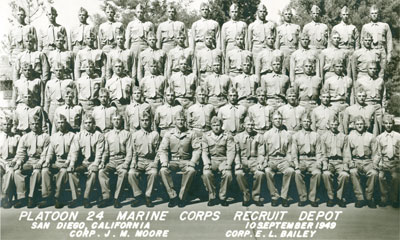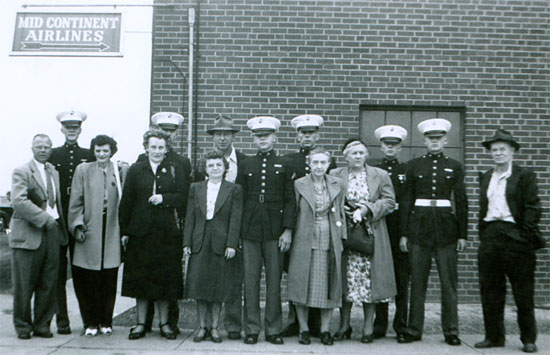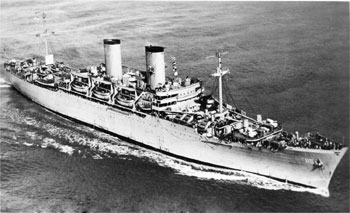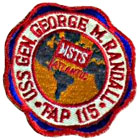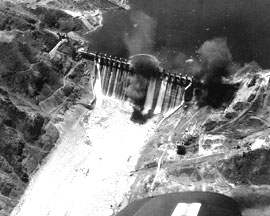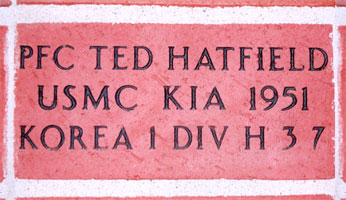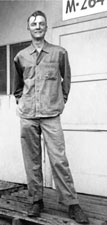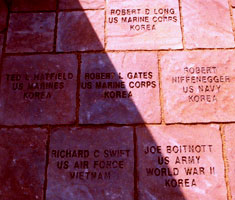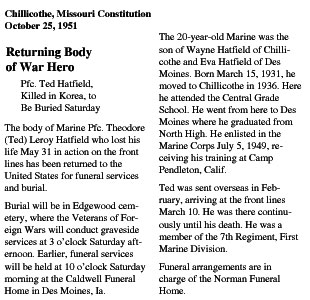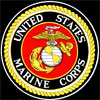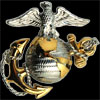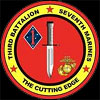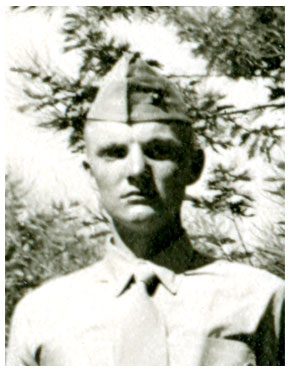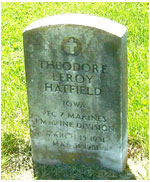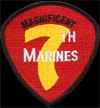| North
High School Wall of Honor Theodore Leroy Hatfield Class of June, 1949 |
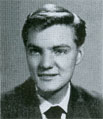 |
||||||||||||||||||||||||||||||||||||||||||||||||||||||||||||||||||||||||||||||||||||||||||||||||||||||||||
| Research done by Claradell Shedd, Class of 1953 and Robert Lee Gates, Class of 1949 | |||||||||||||||||||||||||||||||||||||||||||||||||||||||||||||||||||||||||||||||||||||||||||||||||||||||||||
| Theodore Leroy Hatfield | |||||||||||||||||||||||||||||||||||||||||||||||||||||||||||||||||||||||||||||||||||||||||||||||||||||||||||
|
Ted graduated in the June, 1949 North High class. He enlisted in the US Marine Corps on July 5, 1949 in Des Moines, IA. His service number was 1100567. Ted's next of kin was listed as Mrs. Eva May Morlan Hatfield, 516 12th Street, Des Moines, IA. |
|||||||||||||||||||||||||||||||||||||||||||||||||||||||||||||||||||||||||||||||||||||||||||||||||||||||||||
|
|||||||||||||||||||||||||||||||||||||||||||||||||||||||||||||||||||||||||||||||||||||||||||||||||||||||||||
|
|||||||||||||||||||||||||||||||||||||||||||||||||||||||||||||||||||||||||||||||||||||||||||||||||||||||||||
| *Camp Pendleton,
California The Battalion reactivated 1 October 1949 at Camp Pendleton, California, as the 1st Battalion, 5th Marines, 1st Marine Division, Fleet Marine Force. It was redesignated 7 July 1950 as the 1st Battalion, 5th Marines, 1st Provisional Marine Brigade, Fleet Marine Force. It deployed during August 1950 to Korea , and was redesignated 13 September 1950 as the 1st Battalion, 5th Marines, 1st Marine Division, Fleet Marine Force. the unit participated in the Korean War Operating from Pusan Perimeter, Inchon-Seoul, Chosin Reservoir, East Central Front, and Western Front. It participated in the defense of the Korean Demilitarized Zone from July 1953 to February 1955. The Battalion relocated during March 1955 to Camp Pendleton, California. **USS General George M. Randall (AP-115) Korean War As an MSTS ship, USS General George M. Randall made scheduled runs between the West coast of the United States and the Orient until fighting erupted in Korea in the summer of 1950. She participated in the amphibious assault at Inchon which routed the North Korean Army and forced Communist evacuation of South Korea. After hordes of Chinese Communist troops poured into Korea and trapped American forces, she served in the evacuation of Hungnam, which saved the embattled G.I.'s enabling them to return to the fight. She moored at New York, New York, on 26 May 1951, and made four voyages from New York to Bremerhaven and Southampton before returning to the Pacific. On 11 March 1951, General George M. Randall departed Yokohama, Japan, with the bodies of 52 men, the first Korean War dead to be returned to the United States, including Major General Bryant E. Moore, who had commanded the IX Corps. Armed Services honor guards were in attendance at the departure, as was an Army Band, and was heavily covered by the press. The ship arrived at San Francisco, also carrying 1500 officers and men of the 1st Marine Division being rotated home for 30 day leave. She then returned to Yokohama on 24 October. ***1st Marine Division(From the 1st Marine Division Presidential Unit Citation Award) The President of the United States takes pleasure in presenting The Presidential Unit Citation to the First Marine Division Reinforced for services as set forth in the following citation: "For extraordinary heroism in action against the enemy aggressor forces in Korea during the periods 21 to 26 April, 16 May to 30 June, and 11 to 25 September, 1951. Spearheading the first counteroffensive in the spring of 1951, the First Marine Division, Reinforced, engaged the enemy in the mountainous center of Korea in a brilliant series of actions unparalleled in the history of the Marine Corps, destroying and routing hostile forces with an unrelenting drive of seventy miles north from Wonju. During the period 21 to 26 April, the full force of the enemy counteroffensive was met by the Division, north of the Hwachon Reservoir. Although major units flanking The Marine Division were destroyed or driven back by the force of this attack, the Division held firm against the attackers, repelling the onslaught from three directions and preventing the encirclement of the key center of the lines. Following a rapid regrouping of friendly forces in close contact with the enemy, the First Marine Division, Reinforced, was committed into the flanks of the massive enemy penetration and, from 16 May to 30 June, was locked in violent and crucial battle which resulted in the enemy being driven back to the north with disastrous losses to his forces in the number of killed, wounded, and captured. Carrying out a series of devastating assaults, the Division succeeded in reducing the enemy's main fortified complex dominating the 38th Parallel." (From the 1st Marine Division Presidential Unit Citation Award) The President of the Republic of Korea takes profound pleasure in citing for outstanding and superior performance of duty during the period 26 October to 27 July 1953 the First United States Marine Division Reinforced for the award of President Unit Citation: "Landing at Wonsan on 26 October 1950 the First United States Marine Division (Reinforced) advanced to Yudam-ni where they engaged the Chinese Communist Forces. The heroic and courageous fighting of the First United States Marine Division (Reinforced), which was outnumbered but never outfought by the Chinese Communist Forces; coupled with its fight against the terrible winter weather in this return to Hungnam, has added another glorious page to the brilliant history of the United States Marines. After regrouping and retraining, the First United States Marine Division (Reinforced) rejoined the United Nations Forces and began the attack to the north which drove the aggressors relentlessly before them. The enemy spring offensive during April 1951 which threatened to nullify the recent United Nations gains was successfully repulsed by the First Marine Division (Reinforced) and when other Republic of Korea Forces were heavily pressed and fighting for survival the timely offensive by this Division gave heart to the people of Korea." ****Browning Automatic Rifle (BAR) WWI saw the first use of automatic weapons on a large scale. The Model 1918 Browning Automatic Rifle, known as the BAR, was created by arms designer John Browning to be a light automatic weapon which could be fired from the shoulder or hip. The weapon saw service with the American forces during the last stages of WWI, where it provided "walking fire" for attacks on enemy positions. It fired a standard .30 caliber rifle cartridge that was valued for its range and penetrating power. Between the World Wars, several variations on the basic design were made, including the addition of a folding bipod. The BAR was used extensively in WWII where it became an essential weapon in the American rifle squad. During the Korean War, the BAR again saw active service in all major campaigns. Its accurate automatic fire took a deadly toll on the enemy. |
|||||||||||||||||||||||||||||||||||||||||||||||||||||||||||||||||||||||||||||||||||||||||||||||||||||||||||
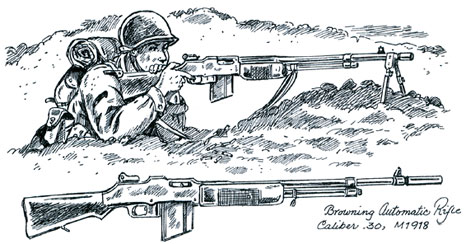 |
|||||||||||||||||||||||||||||||||||||||||||||||||||||||||||||||||||||||||||||||||||||||||||||||||||||||||||
|
|||||||||||||||||||||||||||||||||||||||||||||||||||||||||||||||||||||||||||||||||||||||||||||||||||||||||||
|
|||||||||||||||||||||||||||||||||||||||||||||||||||||||||||||||||||||||||||||||||||||||||||||||||||||||||||
|
|||||||||||||||||||||||||||||||||||||||||||||||||||||||||||||||||||||||||||||||||||||||||||||||||||||||||||
|
|||||||||||||||||||||||||||||||||||||||||||||||||||||||||||||||||||||||||||||||||||||||||||||||||||||||||||
|
|||||||||||||||||||||||||||||||||||||||||||||||||||||||||||||||||||||||||||||||||||||||||||||||||||||||||||
|
|||||||||||||||||||||||||||||||||||||||||||||||||||||||||||||||||||||||||||||||||||||||||||||||||||||||||||
|
|||||||||||||||||||||||||||||||||||||||||||||||||||||||||||||||||||||||||||||||||||||||||||||||||||||||||||
|
|||||||||||||||||||||||||||||||||||||||||||||||||||||||||||||||||||||||||||||||||||||||||||||||||||||||||||
|
|||||||||||||||||||||||||||||||||||||||||||||||||||||||||||||||||||||||||||||||||||||||||||||||||||||||||||
| Died:
05/31/5. Note: There is an entry for Ted in the US Navy's "Lost
at Sea"
log, but Ted's remains were honored with a tombstone (Plot: Block
2 Lot 49) at the Edgewood Cemetery in Chillicothe, Livingston County,
MO. Death also shown at online site of distantcousin.com
. Tombstone records at Find A Grave Memorial #71019131. Communication
with Edgewood Cemetery representative said that a tombstone would not
have been placed had not the remains been definitely received and interred.
Funeral and burial held Saturday, October 27, 1951. Also found record
as being interred at St. Mary Cemetery, Macon, Missouri. 03/05/13: Confirmed that remains are interred at Edgewood Cemetery, Chillicothe, MO. |
|||||||||||||||||||||||||||||||||||||||||||||||||||||||||||||||||||||||||||||||||||||||||||||||||||||||||||
| Music: "Semper Fidelis" | |||||||||||||||||||||||||||||||||||||||||||||||||||||||||||||||||||||||||||||||||||||||||||||||||||||||||||
| Home
|
Back/allyears |
WWI |
WWII |
Korea |
Vietnam |
Afghanistan/Iraq |
Lyrics
|
Refs/Awards |
Contact ©2025-csheddgraphics All rights reserved. All images and content are © copyright of their respective copyright owners. |
|||||||||||||||||||||||||||||||||||||||||||||||||||||||||||||||||||||||||||||||||||||||||||||||||||||||||||
